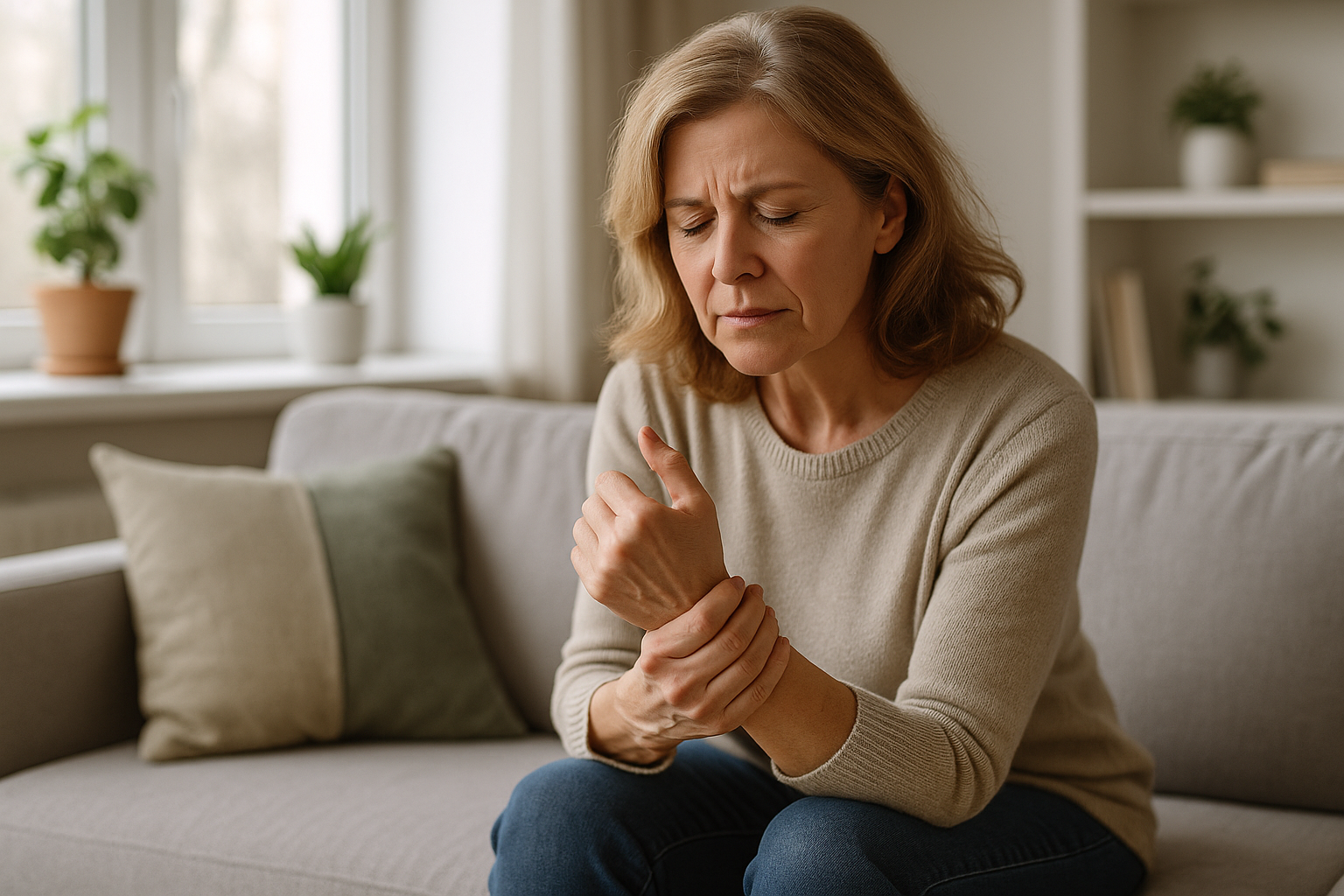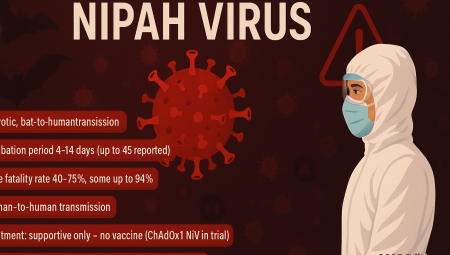Rheumatoid arthritis (RA) is a chronic autoimmune disorder that causes inflammation in the joints, often leading to pain, stiffness, and reduced mobility. While medications like DMARDs and biologics are effective in slowing disease progression, many patients seek complementary and non-drug approaches to manage pain, improve function, and enhance quality of life. In this guide, we explore 18 evidence-backed natural treatments that can help adults with RA feel and function better—without relying solely on pharmaceuticals.
💡 What Are Effective Non-Drug Treatments for RA?
Non-drug treatments for rheumatoid arthritis include anti-inflammatory diets, physical therapy, stress reduction, acupuncture, omega-3 supplementation, and regular low-impact exercise. These approaches can reduce inflammation, ease joint pain, and support long-term mobility.
Who Should Read This?
- Adults aged 30–70 diagnosed with rheumatoid arthritis
- Individuals seeking drug-free or adjunctive pain management options
- Wellness enthusiasts aiming to reduce inflammation naturally
- Patients looking to complement medical treatments with holistic care
Understanding Rheumatoid Arthritis
RA is an autoimmune disease where the immune system attacks the synovial lining of the joints. Unlike osteoarthritis, RA affects multiple joints symmetrically and may cause systemic symptoms such as fatigue and low-grade fever.
Common Symptoms:
- Swollen, warm, painful joints
- Morning stiffness lasting longer than 30 minutes
- Fatigue, weight loss
- Joint deformity (in advanced stages)
18 Non-Drug Therapies for Rheumatoid Arthritis
1. Anti-Inflammatory Diet
Focus on:
- Omega-3-rich foods (salmon, flaxseed)
- Leafy greens, berries, turmeric
- Avoid processed foods, refined carbs, and red meat
2. Physical Therapy
Guided movement and joint protection strategies can reduce stiffness and improve range of motion.
3. Tai Chi and Yoga
These mind-body practices improve balance, reduce stress, and increase flexibility with low joint impact.
4. Acupuncture
May help decrease pain signals and promote natural anti-inflammatory responses.
5. Omega-3 Fatty Acids
Supplements or food sources reduce joint pain and stiffness.
6. Weight Management
Excess body weight increases stress on joints and systemic inflammation.
7. Heat and Cold Therapy
Use heat to relax muscles and cold packs to reduce swelling.
8. Massage Therapy
Improves circulation, reduces muscle tension, and enhances relaxation.
9. Assistive Devices
Ergonomic tools, braces, and orthopedic supports can reduce strain on joints.
10. Topical Treatments
Capsaicin cream or arnica gel may provide localized pain relief.
11. Meditation and Mindfulness
Reducing stress helps lower inflammatory cytokines like IL-6 and TNF-alpha.
12. Sleep Optimization
Quality sleep enhances recovery, immune function, and pain tolerance.
13. Occupational Therapy
Learn joint-sparing techniques for everyday tasks to reduce wear.
14. Hydrotherapy
Warm water exercises relieve pressure on joints and increase mobility.
15. Turmeric and Curcumin
These have anti-inflammatory effects comparable to NSAIDs in some studies.
16. Probiotics and Gut Health
Modulating gut microbiota may help reduce autoimmune inflammation.
17. Light Resistance Training
Strengthens surrounding muscles, stabilizing affected joints.
18. Support Groups and Social Connection
Sharing experiences and emotional support can improve resilience and coping.
Pro Tips from Integrative Rheumatologists
- Start slow with any new physical routine, especially on flare-up days.
- Keep a food and symptom diary to identify your inflammatory triggers.
- Incorporate gentle movement every 1–2 hours, even while working.
- Use essential oils (lavender, eucalyptus) for natural relaxation and pain relief.
- Don’t skip breakfast—protein and fiber in the morning stabilize energy and inflammation.
- Ask your provider about functional lab testing, like CRP and vitamin D levels.
Frequently Asked Questions (FAQ)
Can RA be managed without medication?
While drugs are essential in many cases, non-drug strategies can significantly enhance comfort, reduce flares, and slow progression when combined with medical care.
Is diet really effective in managing RA?
Yes. Anti-inflammatory diets have shown benefits in reducing joint pain and systemic inflammation.
Can exercise make RA worse?
If done improperly, yes. But guided low-impact exercise actually improves joint strength, mobility, and pain tolerance.
How important is sleep for RA?
Very. Poor sleep increases inflammation and pain sensitivity. Prioritize consistent, quality rest.
What’s Worked for You?
Are you managing RA without heavy medications?
👇 Leave a comment to share your journey, tips, or questions—it may inspire others facing similar challenges.



